“Recipients’ ability to judge the quality of news is very limited”

You can hear this sentence quite often when it comes to the debate regarding the future of journalism: “We need to offer quality journalism in order to survive”. The problem is that the understanding of quality in journalism is quite vague. The arguments are often based on anecdotes and intuition rather than on research and rational thinking. What can journalism research do about it? We’ve found some answers to this question in the latest research paper by Wolfgang Schweiger and Juliane Urban of the Institute of Media and Communications (Institute of Applied Sciences Illmenau). DW Akademie’s Steffen Leidel talked to Wolfgang Schweiger about the surprising findings and the notion of quality in journalism.
![]() read more
read more
Africa through the eyes of African photographers
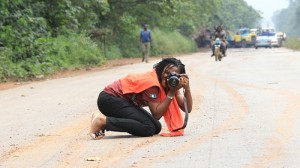 Africa is booming, economically and artistically. And riding on this boom are home-grown African photographers who are capturing alternative images of this rapidly-changing continent. If a picture tells a thousand words, then many photographs taken by Western photographers tell stories of grief and misery. From images of child soldiers brandishing weapons to sickeningly emaciated children, Africa is often portrayed as a continent of war, famine and poverty.
Africa is booming, economically and artistically. And riding on this boom are home-grown African photographers who are capturing alternative images of this rapidly-changing continent. If a picture tells a thousand words, then many photographs taken by Western photographers tell stories of grief and misery. From images of child soldiers brandishing weapons to sickeningly emaciated children, Africa is often portrayed as a continent of war, famine and poverty.
The rise of African photographers, however, is seeing other images emerge of a vibrant continent determined to express itself through its own images. Along with this is increasing recognition of the importance of supporting local photographers. Deutsche Welle, for example, has just awarded a new prize for human rights photography in Africa as part of the German Development Media Awards. One of the few African institutions dedicated solely to photography is the Market Photo Workshop based in Johannesburg. DW Akademie talked to Market Photo Workshop’s head, John Fleetwood, about the importance of photography in Africa, how the scene has changed in the past few decades and some of the challenges African photographers face.
![]() read more
read more
12 essential tips for more privacy online
What are the basic steps you need to undertake to be more secure in the digital world?
The Tactical Technology Collective, an organisation dedicated to the use of information in activism, offers useful guides on secure alternatives for standard software for browsing, searching the web, writing emails and chatting. It has also compiled a great collection of tools and tactics for more digital security. “It is important that you understand how you are communicating and inform yourself on secure alternatives,” says Anne Roth, researcher for the Tactical Technology Collective.
Following the interview with Anne Roth in our previous post, here are her essential tips on how journalists can stay secure online and when they are using smartphones and tablets.
![]() read more
read more
Who gathers your data and what you can do about it?
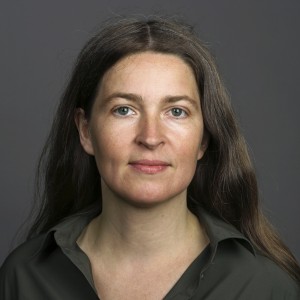 The revelations of the surveillance program of the US National Security Agency (NSA) has shown that no one is protected from being spied upon. Diplomats, political activists, as well as journalists around the world, are becoming increasingly vulnerable to online surveillance. Anne Roth is a researcher for the NGO Tactical Technology Collective that trains rights advocates how to use information and communications technologies.
The revelations of the surveillance program of the US National Security Agency (NSA) has shown that no one is protected from being spied upon. Diplomats, political activists, as well as journalists around the world, are becoming increasingly vulnerable to online surveillance. Anne Roth is a researcher for the NGO Tactical Technology Collective that trains rights advocates how to use information and communications technologies.
DW Akademie’s Natalia Karbasova spoke to Roth about the biggest risks journalists face online, and about the parties interested in gathering all relevant and irrelevant information: from local authorities to national secret services.
![]() read more
read more
Human rights journalists win German Development Media Awards
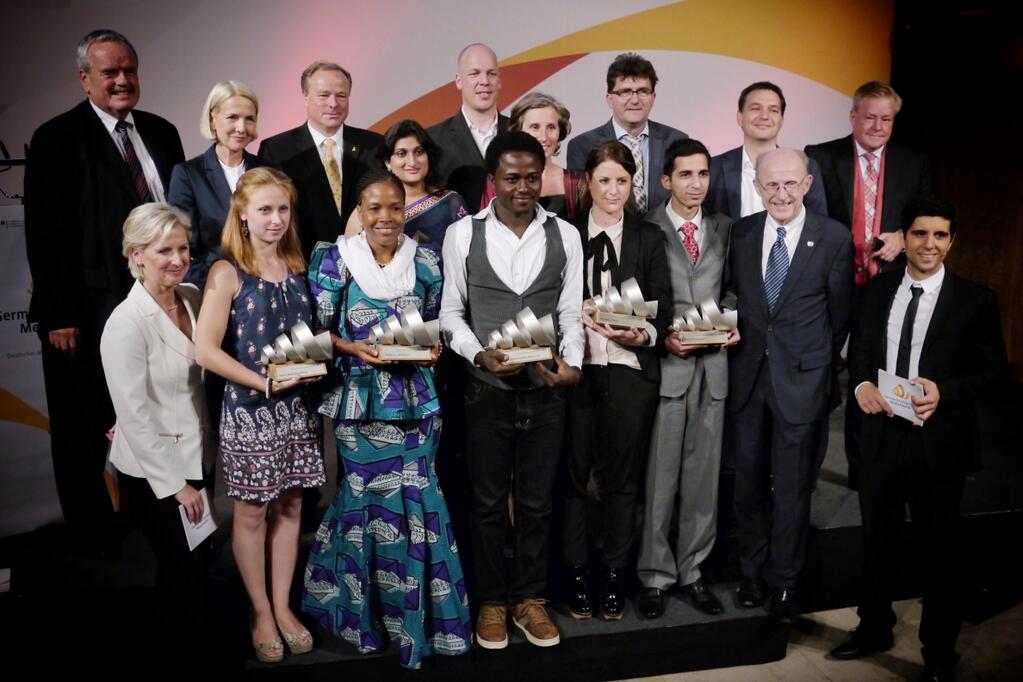
Seven journalists, including two from Africa, have been honored at the 2013 German Development Media Awards held in Berlin. The winning stories range from an examination of the crushing poverty experienced by many women and girls in Liberia to an undercover investigation of the appalling conditions inside India’s government-run mental hospitals.
Other winning reports included an online feature looking at the abuse of disabled children in private institutions in Jordan as well as a multimedia dossier which shines a light on the victims of Colombia’s forced land evictions.
Chosen by an independent jury, the winners of the human rights and development awards hail from Africa, Asia, Latin America, the Middle East, Eastern Europe and Germany. In addition, the People’s Choice Award was presented for human rights photography in Africa.
![]() read more
read more
Visual storytelling and moving beyond ‘multimedia’: Part 2
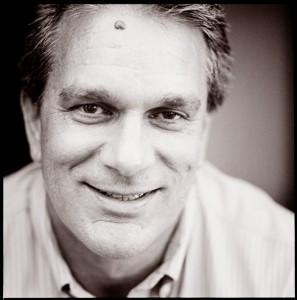 In Part 1 of Visual storytelling and moving beyond ‘multimedia’ freelance trainer Guy Degen explored some of the problems with the term “multimedia”. The post also featured the World Press Photo Academy-FotoFederatie study into multimedia produced by Dr David Campbell. In Part 2, we present an in-depth interview Guy conducted with David Campbell about his research and trends in visual storytelling.
In Part 1 of Visual storytelling and moving beyond ‘multimedia’ freelance trainer Guy Degen explored some of the problems with the term “multimedia”. The post also featured the World Press Photo Academy-FotoFederatie study into multimedia produced by Dr David Campbell. In Part 2, we present an in-depth interview Guy conducted with David Campbell about his research and trends in visual storytelling.
The full study PDF can be downloaded here.
![]() read more
read more
Visual storytelling and moving beyond ‘multimedia’: Part 1
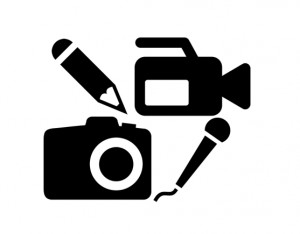 Multimedia. It’s a term that’s part of the global language of media and journalism and yet, why do we find it problematic to use or define?
Multimedia. It’s a term that’s part of the global language of media and journalism and yet, why do we find it problematic to use or define?
We apply the word “multimedia” in many different ways – from describing types of stories to job titles to categories of awards to sections of websites to journalism courses and workshops, and yes, even the category of this blog post.
A common starting point for discussing “multimedia” is usually something to do with stories using a combination of photography, audio, video, text and graphics.
But is that precise? Is a book with text and pictures “multimedia”? Why is a video story frequently considered to be “multimedia”? And, if we present our audience with the same story but in different versions – audio, video, or text and photos – is that also “multimedia”?
In a blog post entitled I Hate Multimedia, MediaStorm’s Eric Maierson recently summed things up by saying “multimedia” can mean anything, it just depends on whom you ask.
‘The real issue is that “multimedia” is too small. It distracts and limits the possibilities we should be embracing.’
But while “what is multimedia?” is an ongoing and contentious debate, there is a sense that media professionals want to move forward. Especially at a time when technology, such as smartphones, tablets and social media, offer new storytelling and distribution possibilities and place even more pressure on the business models of older media, and media professionals who are struggling to adapt.
So, where to next for “multimedia”?
![]() read more
read more
Gregor Aisch: ‘Journalists need to overcome their fear of hackers’
 Interactive visualizations and info-graphics are gaining popularity in the media. More and more journalists are becoming interested in producing data-driven stories on their own or with the help of developers. So what do aspiring data journalists need to know? What do they need to keep in mind when working with developers, how much programming do journalists actually need to understand – and what are the best tools to get started?
Interactive visualizations and info-graphics are gaining popularity in the media. More and more journalists are becoming interested in producing data-driven stories on their own or with the help of developers. So what do aspiring data journalists need to know? What do they need to keep in mind when working with developers, how much programming do journalists actually need to understand – and what are the best tools to get started?
DW Akademie’s Natalia Karbasova talked to the German visualisation architect and interactive news developer Gregor Aisch. Among other things, Gregor has worked on the development of Datawrapper, a tool that allows journalists to build simple interactive charts. He also develops visualizations for media organisations such as Deutsche Welle and Zeit Online.
“Journalists need to overcome their fear of the so called hackers,“, says Gregor. “This might sound funny to some, but many people still have these mental image of criminal suspects spending their days and nights writing viruses and trying to crack security systems of banks and governments”.
![]() read more
read more
‘Keeping photojournalism useful’
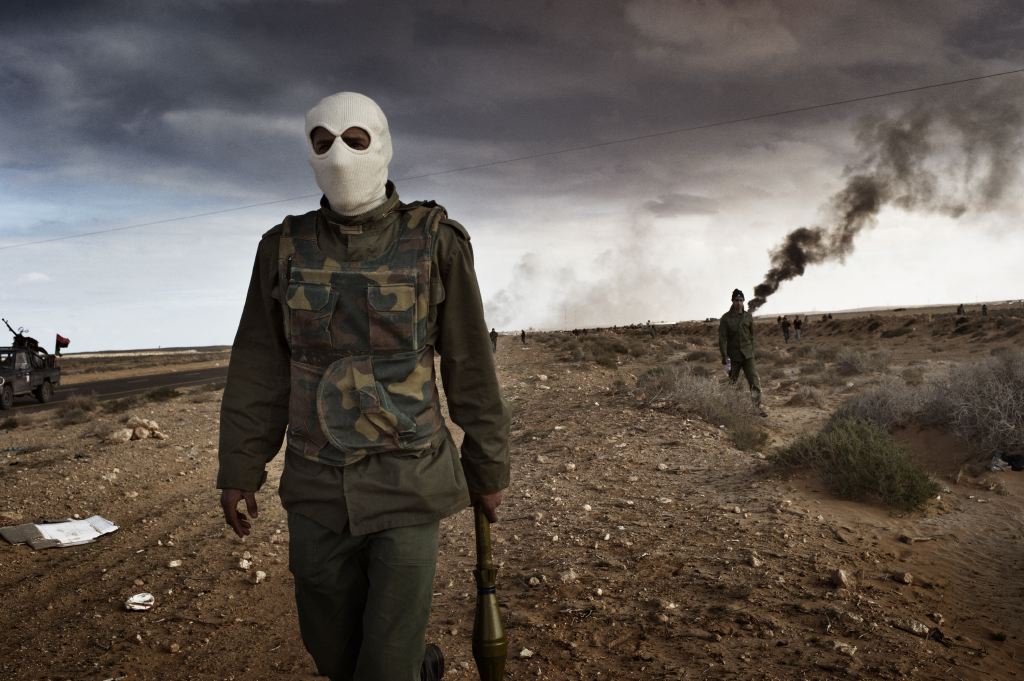 At the end of last year we interviewed Claudio Palmisano from the 10b agency in Rome and discussed their views on photo editing. See our blog post Digital photo editing and the ethical line between aesthetics and truth.
At the end of last year we interviewed Claudio Palmisano from the 10b agency in Rome and discussed their views on photo editing. See our blog post Digital photo editing and the ethical line between aesthetics and truth.
Along with asking how they work with photographers, we wanted know more about digital photo editing and the line between aesthetics and truth in photojournalism. How far do you edit a photograph without altering its context or meaning?
It’s a debate that also surrounded Paul Hansen’s winning photograph in this year’s World Press Photo award.
But given that photography is increasingly delivered and consumed online, how can more information be offered to a publication’s audience to not only enhance understanding of the image, but perhaps see an original and edited image – in the one file?
![]() read more
read more
Journalists@Work: Alimou Sow
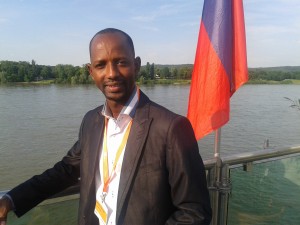 Prize-winning Guinean blogger Alimou Sow isn’t strictly a journalist. By day, the 32 year old works for an international organisation in Conakry. By night, he writes his blog immensely popular Ma Guinée plurielle (My diverse Guinea). With posts ranging from a reflection of city living to young men searching out traditional healers, his colorful and entertaining blog looks at the minutiae of everyday life in his country. We think this is akin to journalism which is why we have included Alimou in our Journalists@Work series. Earlier this year, Sow won Deutsche Welle’s The Bobs Users prize for best French-language blog.
Prize-winning Guinean blogger Alimou Sow isn’t strictly a journalist. By day, the 32 year old works for an international organisation in Conakry. By night, he writes his blog immensely popular Ma Guinée plurielle (My diverse Guinea). With posts ranging from a reflection of city living to young men searching out traditional healers, his colorful and entertaining blog looks at the minutiae of everyday life in his country. We think this is akin to journalism which is why we have included Alimou in our Journalists@Work series. Earlier this year, Sow won Deutsche Welle’s The Bobs Users prize for best French-language blog.
DW Akademie’s Bob Barry caught up with Alimou Sow when he came to Germany for his prize last month.
![]() read more
read more




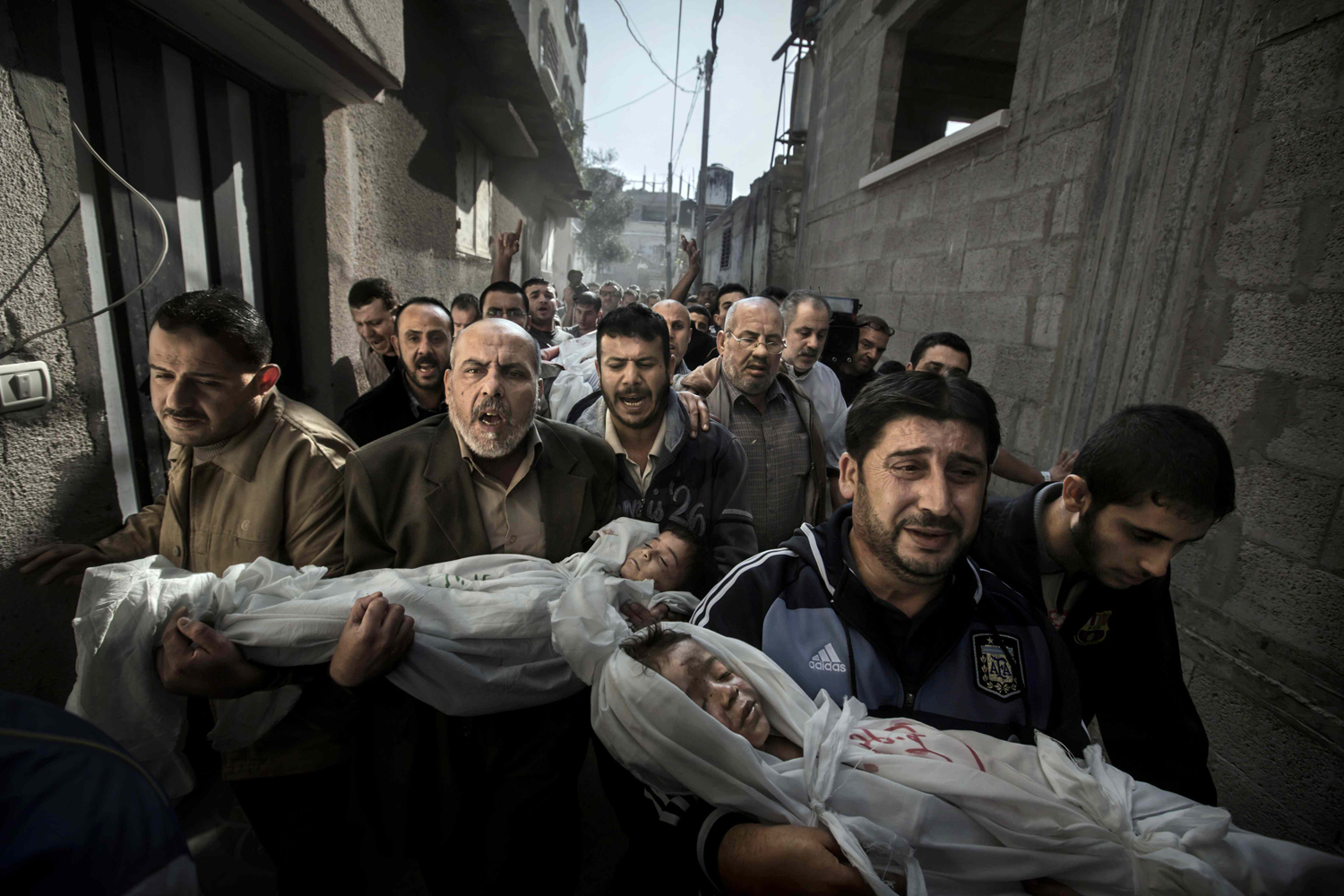




Feedback